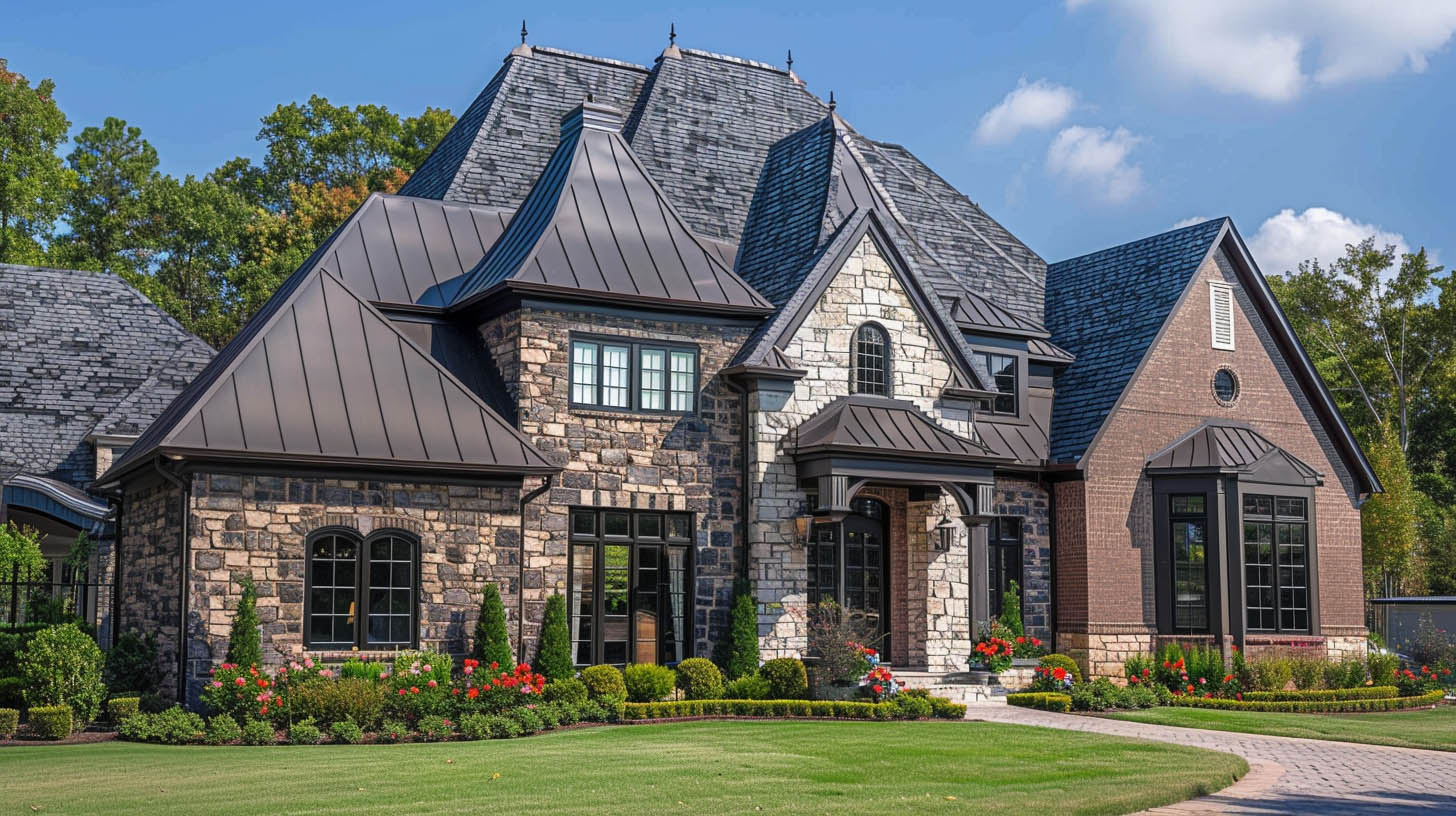A well-constructed roof is fundamental to the integrity and functionality of any building, providing crucial protection against environmental elements. In this detailed exploration, we will delve into the key components that constitute a robust roofing system. At Summit Exteriors, our expertise and commitment to quality ensure that each roofing project in Coeur d'Alene, ID, meets the highest standards, tailored to the unique needs of each residence.
Roof Structure: The Backbone of Durability
The roof structure is the primary support system that holds your roof together. It includes several critical elements:
Rafters and Trusses: These are the wooden beams that provide the framework of the roof. Properly designed and installed rafters and trusses are vital for supporting the roof’s weight and ensuring its stability.Decking or Sheathing: This layer sits atop your rafters or trusses, forming a base upon which all other roofing materials are applied. Typically made from plywood or oriented strand board (OSB), the decking must be sturdy and moisture-resistant to support the outer roofing materials effectively.
Underlayment: A Hidden Layer of Protection
The underlayment, laid directly on the roof deck, acts as a crucial barrier against moisture, whether waterproof or water-resistant. It safeguards the roof from water seepage, preventing potential damage like rot and decay. Diverse underlayment materials, such as felt and synthetics, provide varying degrees of protection and breathability.
Roof Covering: The First Line of Defense
The roof covering is the outermost layer, exposed to the environment. It is the part of the roof most susceptible to damage from the elements and thus needs to be carefully selected and professionally installed. The choice of materials impacts not only the roof’s durability and lifespan but also its aesthetic appeal and energy efficiency.
Shingles: Typically made from asphalt, wood, or slate, shingles are the most popular type of roofing material due to their cost-effectiveness and ease of installation.Tiles: Clay or concrete tiles are favored in regions with hotter climates or where a Mediterranean look is desired. They are excellent for durability and thermal resistance.
Metal Roofing: Known for its longevity and resistance to extreme weather, metal roofing is a premium choice that can provide decades of protection with minimal maintenance.
Flashing: Preventing Water Penetration
Flashing consists of thin strips of waterproof material installed at every point where the roof surface meets a vertical surface such as walls or other structures. This component is crucial for preventing water from seeping into the roof along these intersections, which are potential weak points for leaks.
Gutter System: Essential for Water Management
A well-designed gutter system is critical for directing rainwater and melted snow away from the building to protect the foundation and landscaping. Gutters and downspouts need to be kept clear of debris to function effectively, requiring regular maintenance.
Ventilation: Key to Longevity and Efficiency
Proper roof ventilation ensures that air circulates adequately in the attic space, helping to reduce heat buildup and moisture accumulation. This circulation helps prevent rot in the roof’s wooden components and combats potential mold and mildew growth, thereby extending the life of your roof and improving energy efficiency within the home.
Conclusion
The components of a roof work together to provide safety, comfort, and energy efficiency. Understanding each part's role and ensuring they are properly installed and maintained is crucial for maximizing the lifespan of your roof. At Summit Exteriors, we take pride in using our extensive roofing knowledge and experience to provide North Idaho residents with reliable, high-quality roofing solutions. Each project we undertake is a commitment to excellence, ensuring that every home is topped with a roof built to last and protect.



